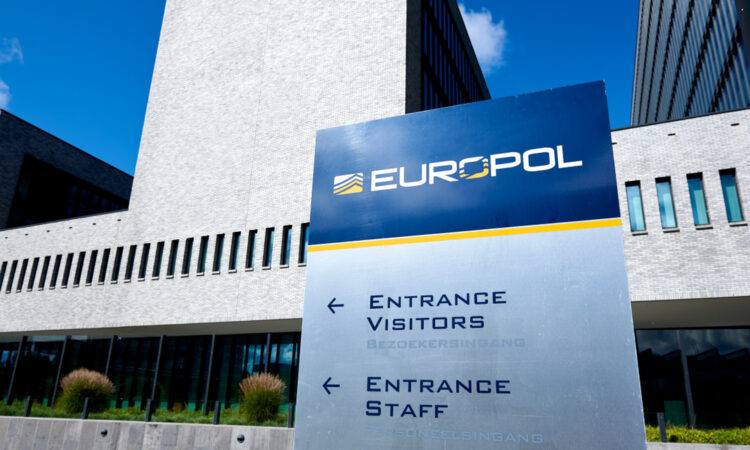
Europol has issued its first European financial and economic crime threat assessment, exploring the intertwined and evolving threats of money laundering, corruption, and organized crime in Europe. The insights are drawn from collaborative intelligence across EU member states and Europol-partnered authorities. The report highlights the role of technological progress in enabling criminal actors and recommends a path forward to undermine their networks.
“In our globalised world, trade, technology and transport bring us closer together and create economic opportunities and prosperity,” wrote Executive Director of Europol Catherine De Bolle. “However, there is another side to the coin; our interconnected world is misused and abused by criminal actors involved in economic and financial crimes. … The ability to launder illicit proceeds on an industrial scale, to move them through a web of criminal financial brokers, and to corrupt the relevant actors, has become indispensable for modern organised crime.”
Laundering the Proceeds of Organized Crime, Corruption, and Sanctions Evasion
The report highlighted the role of organized crime in driving illicit financial activities. Almost 70 percent of European criminal networks were found to use money laundering techniques, while 60 percent relied on corruption to further their aims. Criminal activities were not confined to illegal businesses, either: over 80 percent of these networks were found to use legal businesses in their schemes.
Europol also pointed out that geopolitical changes provide new opportunities for criminal activity. Particularly, the authority discussed the use of EU sanctions evasion methods to further enable organized crime by:
- Concealing beneficial ownership.
- Using fraudulent documents and intermediaries.
- Using third countries to send transactions from Russia.
- Potentially involving money laundering networks to enable the activity of sanctioned individuals.
According to the authority, asset recovery is a crucial weapon against organized crime, serving as an economic deterrent by depriving criminal networks of their profits. Yet the report suggested the need for increased focus on this tactic, estimating that at present, less than two percent of annual criminal proceeds in the EU are recovered by European authorities.
How Money Laundering Typologies Exploit Digital Innovation
Per Europol’s analysis, criminals are exploiting digital advances to enable their activities. These include virtual banking, buy now pay later (BNPL), decentralized finance, encrypted messaging platforms, and dark web markets. These services offer various advantages, from speed to anonymity, and often lack robust protection against financial crime.
Digital assets are increasingly used to enable organized and financial crime. For example, in a 2023 case, authorities dismantled a crypto conversion service because analysis linked around 46 percent (about EUR 1 billion) of the assets it exchanged to criminal activities. Virtual assets’ attraction stems from their pseudo-anonymity and fast-moving nature, which can be difficult for authorities to trace or freeze. Criminals use various crypto services and assets to further their aims, including:
- Stablecoins
- Non-fungible tokens (NFTs)
- Privacy coins
- Crypto mixers
- Peer-to-peer marketplaces
- Crypto exchanges
The EU authority highlighted several key money laundering typologies in the crypto world. They include:
- The use of crypto exchanges to launder money – This involves multiple stages with unique features not seen in the fiat world. For example, layering can occur using chain hopping, where the original coin is swapped for another type, often multiple times. It may also include mixing and tumbling, which entails pooling crypto funds from several sources and then sending funds from the pool to a new wallet not clearly associated with the original funds. This helps break the connection between the laundered funds and their criminal source.
- Laundering through crypto ATMs – Crypto funds are converted into fiat cash to hide their origin.
- Trade-based money laundering through NFTs – Funds are laundered by trading NFTs virtually for real-life assets, such as luxury cars or works of art.
Studying the Risks for Effective AML/CFT
Firms can study the full report for an in-depth analysis of money laundering’s complex connection to organized crime, corruption, and sanctions evasion in Europe. Understanding currently-trending typologies in light of each business and its unique operational risks is crucial. In this way, firms can ensure risk-based AML/CFT processes.
Firms in especially vulnerable spaces, such as digital assets service providers and neobanks, should take a comprehensive look at their current financial crime risk management framework in light of Europol’s priorities.
A Guide to Anti-Money Laundering for Crypto Firms
Explore global crypto AML regulations, crypto firms’ biggest challenges, and best practices for a sound AML/CFT program.






